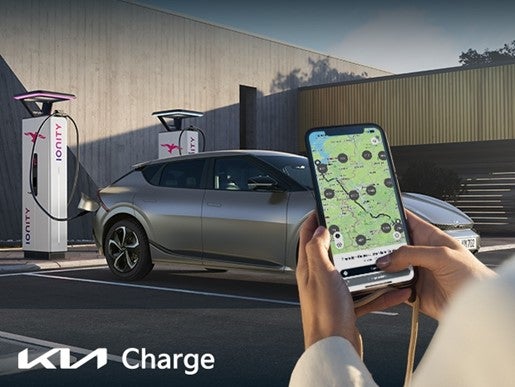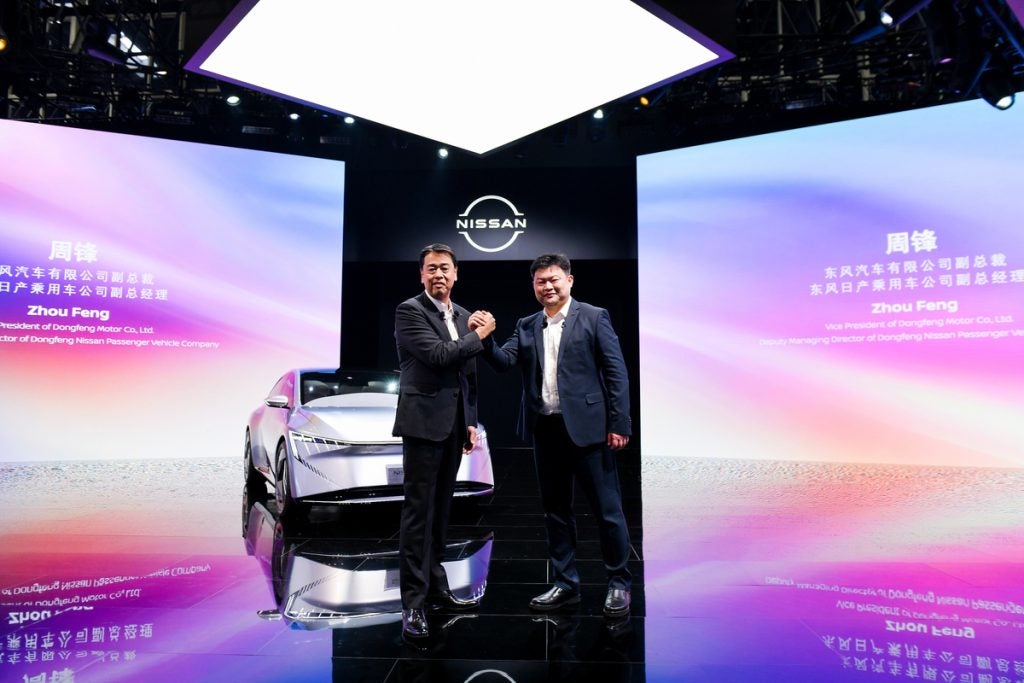Kia had 48 patents in artificial intelligence during Q3 2023. One patent is for an automatic labeling method that assigns labels to unlabeled point clouds using machine learning. Another patent is for a video encoding and decoding method that improves picture quality and encoding efficiency. There is also a patent for a natural language processing apparatus that determines whether a user’s speech command is a compound or complex sentence and executes multiple functions expressed as a single sentence. Additionally, there is a patent for a wearable robot that is worn on the rear side of a user and extends to the shoulder. Lastly, there is a patent for a vehicle judder diagnostic method that uses artificial intelligence to quickly diagnose whether a vehicle’s judder phenomenon is geometric or friction-based. GlobalData’s report on Kia gives a 360-degreee view of the company including its patenting strategy. Buy the report here.
Kia grant share with artificial intelligence as a theme is 25% in Q3 2023. Grant share is based on the ratio of number of grants to total number of patents.
Recent Patents
Application: Automatic labeling method for unlabeled data of point clouds (Patent ID: US20230274526A1)
The patent filed by Kia Corp describes an automatic labeling method for assigning labels to unlabeled point clouds. The method involves preparing an initial machine learning classification model and selecting a labeled point cloud for each unlabeled point cloud based on similarities between their feature vectors. A cluster label is then assigned to each unlabeled point cloud based on the label of the selected labeled point cloud. Pseudo labels are assigned to the unlabeled point clouds based on a confidence score obtained through the model. The model is updated by training it with the labeled point clouds and the unlabeled point clouds to which pseudo labels are assigned. This process is performed iteratively until no more pseudo labels are assigned.
The method also includes selecting a part of the unlabeled point clouds based on silhouette scores obtained through the model and assigning pseudo labels to them based on prediction result probability values. Each pseudo label is assigned with a temporary label or the cluster label depending on their similarity, and the temporary label is determined based on the prediction result probability value. Unlabeled point clouds that are not included in the selected part remain unlabeled.
The initial machine learning classification model is prepared through unsupervised learning using the unlabeled point clouds, followed by supervised learning using the labeled point clouds. The iterative process of selecting the labeled point cloud, assigning pseudo labels, and updating the model by training continues until no more pseudo labels are assigned.
The method also involves selecting a preset number of labeled point clouds for each unlabeled point cloud based on similarities and assigning the cluster label as the label with the highest frequency among the selected labeled point clouds. The preset number is set to be 20 or greater.
In summary, the automatic labeling method described in the patent involves using a machine learning classification model to assign labels to unlabeled point clouds. The method includes selecting labeled point clouds based on similarities, assigning cluster labels and pseudo labels based on confidence scores and prediction result probability values, and iteratively updating the model through training. The method also involves selecting a subset of unlabeled point clouds based on silhouette scores and assigning pseudo labels to them. The process continues until no more pseudo labels are assigned.
To know more about GlobalData’s detailed insights on Kia, buy the report here.
Premium Insights
From

The gold standard of business intelligence.
Blending expert knowledge with cutting-edge technology, GlobalData’s unrivalled proprietary data will enable you to decode what’s happening in your market. You can make better informed decisions and gain a future-proof advantage over your competitors.





